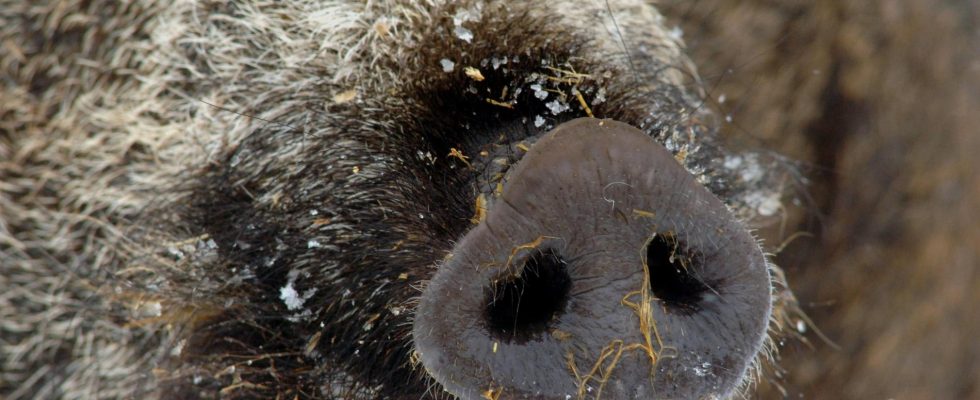Reduce the wild boar population by 270,000 animals to 30,000.
It is requested by the National Federation of Agricultural Farmers (LRF) and proposes shot premiums, large traps and changes to the law to reduce damage in agriculture and swine fever infection to domestic pigs.
The African swine fever has caused the wild boar to end up in the spotlight again. Since the outbreak was discovered in Västmanland, about 30 cases have been discovered.
In a debate article in Aftonbladet, the association’s chairman Palle Borgström writes that the stock should be reduced by 90 percent, from 300,000 to a maximum of 30,000 animals.
It follows the proposal that the so-called wildlife damage commission, appointed by LRF and forest companies, proposed last summer.
“If African swine fever spreads to our domestic pigs, the consequences will be devastating, because entire herds need to be euthanized and we risk losing the pig as an important part of the agricultural cycle,” writes Borgström.
The mistake came already at the end of the 1980s, according to Borgström. Then the Riksdag decided that the wild boar should be treated like other domestic animals with special hunting times and no active eradication attempts.
Since then, the tribe has seen a sharp increase. In addition to the increased risk of the spread of infection, another consequence is that the damage to crops today is extensive, writes Borgström.
LRF proposes several measures to reduce the strain. These include, among other things, changes to the law regarding protective hunting, allowing large traps and introducing a shot premium to increase the shooting, especially of sows, in Västmanland and the neighboring counties.
FACT Wild boar
The wild boar occurs naturally in Sweden, but was exterminated in the 17th century. It has subsequently been reimplanted in batches.
In the mid-1970s, groups of wild boar escaped from their enclosures and established themselves in Södermanland. The strain has since spread in central and southern Sweden and the spread continues north.
A wild boar can be 185 cm long, with a height at the withers of up to 100 cm, but is usually considerably smaller.
The females live in small groups and the males alone.
Wild boars are omnivores. They mainly eat acorns, acorns and hazelnuts, but also animal food, including carrion, if available.
Source: NE
Read more
